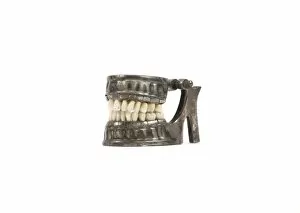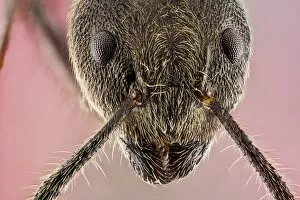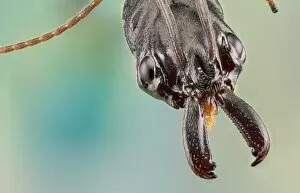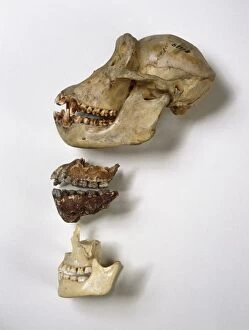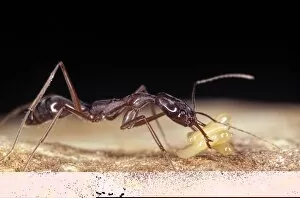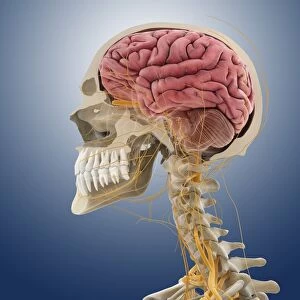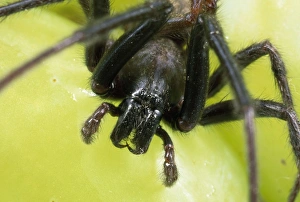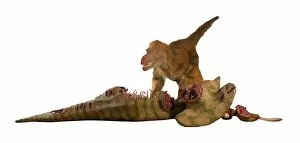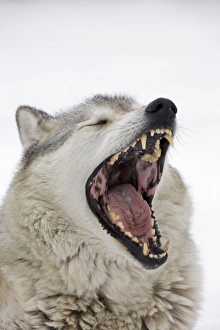"Jaws: Exploring the Fascinating World of Teeth and Jaws" Discover the intricate world through captivating images that showcase the diversity and power of these remarkable structures. From Leonardo da Vinci's detailed sketches of skull anatomy to breathtaking underwater shots, this collection takes you on a journey into the realm of teeth. Witness the awe-inspiring sight of a Whale Shark with its mouth wide open, gracefully feeding in Australian waters. This gentle giant reminds us that even massive creatures rely on their impressive jaws for sustenance. Delve into the depths alongside a Great White Shark as it glides effortlessly through South Australia's crystal-clear waters. A close-up view reveals its menacing head and formidable open mouth, reminding us why Carcharodon carcharias is known as one of nature's most fearsome predators. Contrasting with these powerful marine creatures, we explore other fascinating jaw structures. The delicate yet sturdy horse skull serves as a reminder that different species have evolved unique adaptations for survival. Take a peek inside our own mouths with panoramic dental X-rays, showcasing how our teeth fit together like puzzle pieces to aid in chewing and speaking. These intricate arrangements are mirrored by another close-up shot capturing every detail of a Great White Shark's toothy grin - an intimidating display perfected over millions of years. Venturing beyond sharks, witness the incredible regenerative abilities found in Greater Spotted Dogfish teeth and jaws from both North Sea and Mediterranean habitats. Continuously replaced from behind, these sharp dentitions ensure efficient hunting for this lesser-known predator. But it's not just animals who possess impressive jaws; Sumatran Tigers also make an appearance with their mouths agape - displaying their strength while emitting fierce roars across their native lands. Lastly, we peer beneath human skin using X-ray technology to reveal our own skeletal marvels - including intricately structured skulls housing our very own set of pearly whites.









